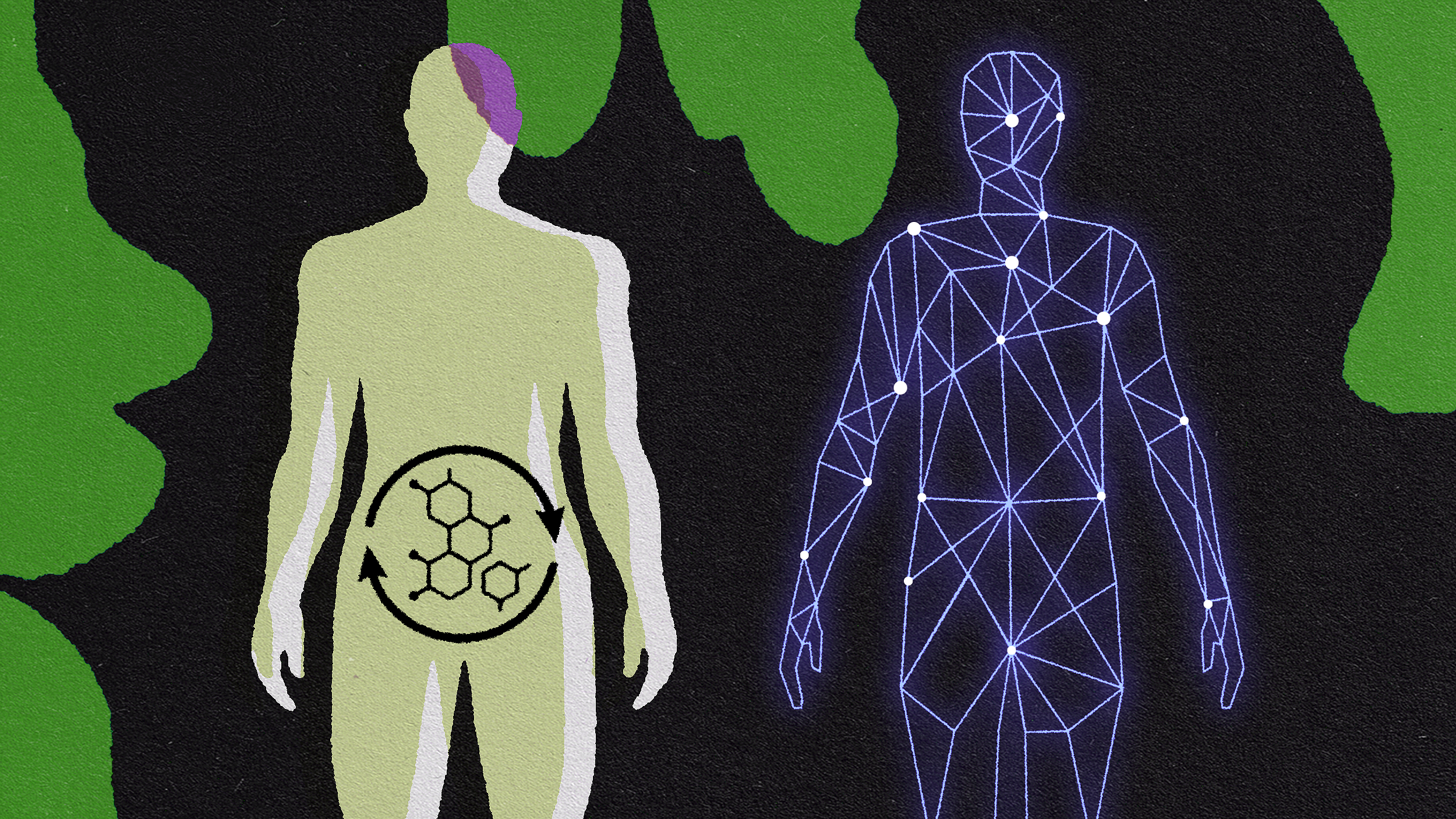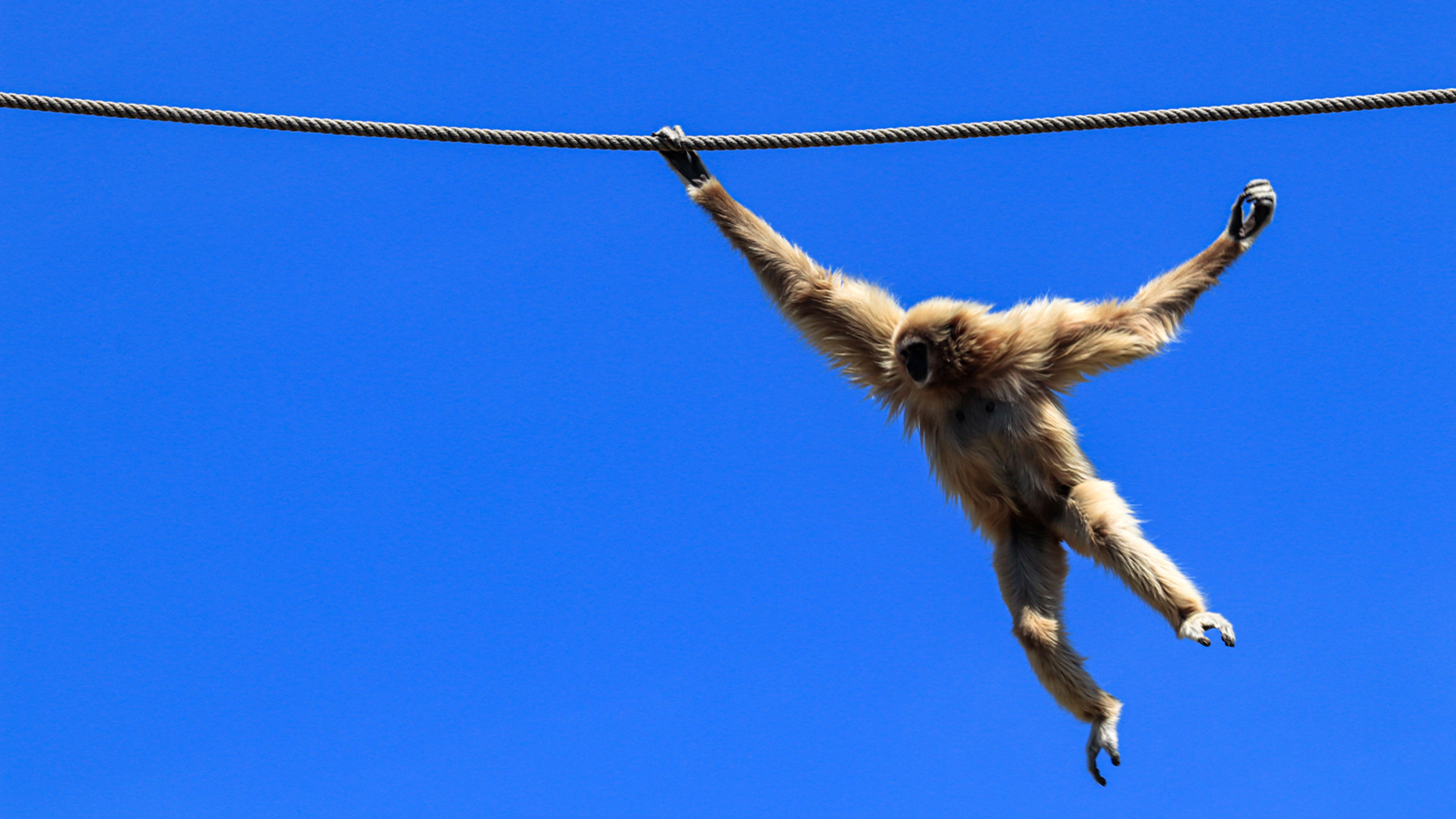In rhythm with the sun: The body’s biological clock

Photo by M_K Photography on Unsplash
As with almost all life on Earth, human beings also function in cycles of light and dark. Look what happens to the human organism (and psyche) every day.
2am: Highest level of lymphocytes. The body heals well overnight.
3am: Blood flow through the brain is at its greatest at night.
4am: Growth hormone is secreted at night. It is responsible for tissue regeneration in adults and growth in children. The level of vasopressin is also raised, thanks to which we don’t have to run to the bathroom for a pee. In children, where the endocrine system is still developing, bed-wetting is more likely. At night, the level of prolactin, the hormone responsible mainly for lactation, is at its highest.
5am: Body temperature is at its lowest. For night owls, the minimum temperature occurs during the middle of the sleep cycle. For early birds, this occurs at the end of their sleep.
5am–7am: Large intestine movement and body detox.
6am: Reveille! When light hits the retina, the hypothalamus reduces production of melatonin (the sleep hormone). Within 30 minutes of waking up, we observe a steady increase in our cortisol level, which reaches its maximum at about 7am. Cortisol accelerates gluconeogenesis (the production of glucose, mainly from amino acids) above all in the liver, but also in the kidneys and small intestine. It accelerates the breakdown of fatty acids (allowing them to be converted into energy), and inhibits the immune system. Cortisol increases the secretion of vasopressin and noradrenaline, which mobilizes the body to action. The effect of this is to increase the concentration of glucose in the blood, thanks to which we have the energy to start the day. During these hours, it is a good idea to move a bit, stretching our tendons and muscles, stiff from sleep. Cortisol also participates in the laying down of short-term memories (it is worth looking at your timetable in order to start the day better prepared). This is also a good time for meditation.
7am: Melatonin production stops. Its level falls. The body is now particularly sensitive to gentle stimuli.
7am–9am: Stomach activity. A high level of digestion and nutrient absorption. A good time for breakfast.
8am: Noradrenaline raises our body temperature. The highest concentration of cortisol (the stress hormone). A jump in the concentration of ghrelin, the hunger hormone; we eat breakfast.
9am: High concentration of glucose in the blood due to the high concentration of cortisol.
9am–11am: Spleen and kidney activity. Production of digestive enzymes. Work and exercise.
10am: An increase in body temperature increases vigour and alertness.
11am–1pm: Concentration and cognitive abilities at a high level.
2pm: The highest concentration of glucose in the blood. Glucose is the main fuel for muscles and the brain. Its concentration is directly correlated with physical and mental activity.
3pm: Noradrenaline and body temperature increase the coordination of movement and muscle activity.
3pm–6pm: The best results from intensive physical activity and the least vulnerability to injury. The mitochondria of the skeletal muscles exhibit their most active cell respiration. Increased oxygen uptake in the lungs. By the by, intensive muscle activity can reset a disturbed biological clock.
8pm: The pineal gland starts to produce melatonin. It is made from tryptophan. Pumpkin seeds and dried spirulina (seaweed) are excellent sources of this. It may be worth snacking on these during the day to have the raw materials for sweet dreams. The production of melatonin is inhibited by light, so during these hours we should avoid intensive screen time and the solarium.
9pm: The melatonin level rises. It can be detected in plasma and saliva.
10pm: Intestinal activity slows. It is not a good idea to stuff your face now, although food at this time of day tastes best.
11pm: Low cortisol level. It will rise while we sleep and, reaching a high level, will be the signal to wake up.
12am: High level of testosterone; it peaks after three hours of sleep. During the night the level of ghrelin, the hormone that signals hunger, rises. If we are sleeping lightly, we may feel hungry.
Interesting facts
Nobel 2017: Proteins CLOCK and BMAL1 activate the transcription of the PER and CRY genes. The created PER and CRY proteins connect together and inhibit the work of the genes CLOCK and BMAL1. Over time, the PER and CRY proteins break down which allows CLOCK and BMAL1 to appear, again activating PER and CRY…
This sequence repeats and, in some sense, pulsates in a 24-hour cycle.
*
The most important influence on synchronizing the biological clock (‘zeitgeber’) is light. The suprachiasmatic nucleus is located in the hypothalamus, above the intersection of the optic nerves (hence its name). This is where the synchronization of the biological clock with the daily rhythm takes place. Other things that influence the clock are food intake and physical activity.
*
Blue light (emitted by the screens of electronic equipment), inhibits the production of melatonin much more so than orange light. This is why it is hard to fall asleep right after switching off your computer or putting down your smartphone.
*
In 1962, the caver Michel Siffre, as part of an experiment, shut himself in a cave for two months. It turned out that he ate, slept and woke up according to his internal clock (in a cycle lasting 24.5 hours). Interestingly, his perception of time changed. Every day he counted to 120 at the tempo of one number per second. After some time spent in the dark this exercise took him as long as five minutes.
*
Depending upon the time of day, plants not only open and close their flowers but they also raise and lower their branches.
*
It was once thought that bacteria are too primitive to count time. But it turns out that cyanobacteria also have an internal clock. Those that have an inactivated biological clock fare worse with the day/night cycle.
*
Mushrooms also have a biological clock, which evolved independently from that of bacteria and animals.
*
Animals fed at a time when they ought to be resting have a tendency to gain weight.
*
Depression, sleep disruption and metabolic disruption can be caused by impairment of the circadian rhythm (the 24-hour cycle).
*
The efficacy of medicines and their toxicity depends upon the time of day they are given.
*
The signals between two selected neurons always run at the same time and with high accuracy. This is how our internal stopwatch works.
The metaphor of Indra’s diamond net, which originates from the Garland Sutra, postulates that everything that exists creates an endless net of diamonds, extending throughout the universe. Each point in this net is a jewel whose facets reflect all others, and each is also a universe containing its entire past, present and future. If a new element appears in one of the diamonds, even a speck of dust, the whole net will react to its presence. The human body resembles a net of common interactions and dependencies. An external or internal stimulus causes a whole range of physiological changes, whose effects spread and affect each other like waves on the surface of a lake. There’s no way we can reduce such a complicated system to a binary description, but we can see in it some repetitive events and tendencies that seem to pulse in time with the repetition of sunrises and sunsets. The biological clock is a masterful achievement of evolution, and understanding how it works can play a significant role in setting the rhythm for a successful day.
Translated from the Polish by Annie Jaroszewicz
Reprinted with permission of Przekrój. Read the original article.





